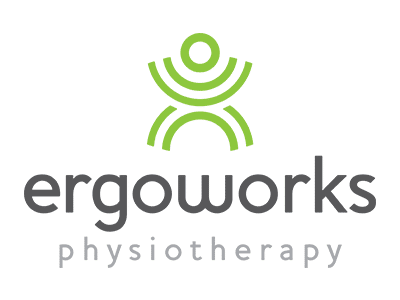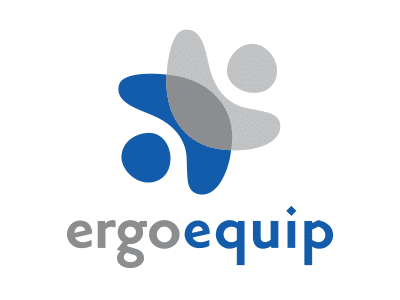Create a Seamless Hybrid Working Experience with Ergonomic Solutions

The world of work has undergone a seismic shift. Hybrid working, a blend of remote and office-based work, is now the norm for many organisations. While it offers flexibility and work-life balance, it also presents unique challenges, particularly when it comes to employee wellbeing and productivity. Ergonomic solutions are key to addressing these challenges and creating a seamless hybrid working experience.
Let’s explore how ergonomic solutions can transform your hybrid workplace, boost employee morale, and drive business success.
The Importance of Ergonomics in Hybrid Working
Ergonomics is the science of designing equipment and workspaces to fit people’s needs and abilities. In the context of hybrid work, it’s about creating work environments that promote comfort, health, and productivity. When employees are physically comfortable and free from pain, they are more focused, engaged, and productive.
Studies have shown that poor ergonomics can lead to a host of musculoskeletal disorders, such as back pain, neck pain, and carpal tunnel syndrome. These conditions not only impact employee wellbeing but also result in increased absenteeism, reduced productivity, and higher healthcare costs.
By investing in ergonomic solutions, businesses can create a positive work culture, reduce employee turnover, and enhance their employer brand.
Common Ergonomic Issues for Hybrid Workers
Hybrid workers face a unique set of ergonomic challenges. While office-based employees typically have access to ergonomic equipment, remote workers often rely on makeshift home offices.
Common ergonomic issues experienced by hybrid workers include:
- Poor posture: Sitting for extended periods without proper support can lead to back, neck, and shoulder pain.
- Eye strain: Excessive screen time without regular breaks can cause eye fatigue, headaches, and blurred vision.
- Repetitive strain injuries: Tasks that involve repetitive movements, such as typing or using a mouse, can lead to carpal tunnel syndrome and other musculoskeletal disorders.
Crafting Ergonomic Workspaces for Optimal Performance
Creating ergonomic workspaces is a multifaceted endeavour that requires careful consideration of various factors. Key elements to prioritise include:
- Ergonomic Seating: Investing in high-quality chairs with adjustable features, such as lumbar support and armrests, is crucial for maintaining proper posture and alleviating discomfort.
- Adjustable Desks: Standing desks or desks with adjustable height options promote movement and reduce the negative impacts of prolonged sitting.
- Monitor Setup: Positioning monitors at eye level and maintaining an appropriate viewing distance is essential for preventing eye strain and neck pain.
- Keyboard and Mouse: Ergonomic keyboards and mice designed to reduce strain on hands and wrists can significantly improve comfort and prevent RSIs.
- Lighting: Adequate lighting, including natural light when possible, is vital for reducing eye fatigue and creating a pleasant work environment.
- Breaks: Encouraging regular short breaks for stretching, walking, and eye exercises helps to prevent musculoskeletal discomfort and improve overall well-being.
Tailoring Ergonomic Solutions for Different Workspaces
The specific ergonomic needs of hybrid workers will vary depending on their work environment. Here are some tips for different workspace setups:
- Home Office Setup: Provide guidelines and resources to help employees create ergonomic home office setups. Offer reimbursement programs for ergonomic equipment to support employee investment.
- Hot Desking: Equip shared workstations with adjustable chairs and monitor arms to accommodate different user preferences.
- Coworking Spaces: Partner with coworking spaces that prioritise ergonomics and offer ergonomic equipment rental options.
Empowering Employees Through Education and Support
To maximise the impact of ergonomic initiatives, organisations must invest in employee education and support. This includes:
- Ergonomic Training: Conduct workshops or webinars to educate employees about ergonomic principles, common issues, and preventive measures.
- Ergonomic Assessments: Offer on-site or virtual ergonomic assessments to identify and address individual needs.
- Ergonomic Resources: Provide access to online resources, such as checklists and guides, to support employees in creating ergonomic workspaces.
Creating a seamless hybrid working experience is achievable with the right ergonomic solutions. By investing in adjustable chairs, sit-stand desks, and other ergonomic tools, you can ensure comfort, boost productivity, and safeguard your long-term health. As hybrid working continues to evolve, so too must our approach to ergonomics. Start making these changes today and experience the benefits of a well-designed workspace that caters to both your physical and mental well-being.
Reach out to us for more information on how you can enhance your hybrid work environment. We specialise in ergonomic solutions tailored to your needs.


